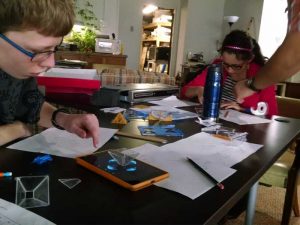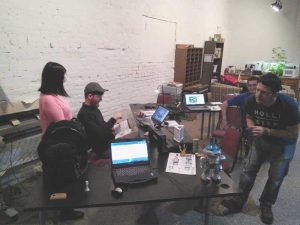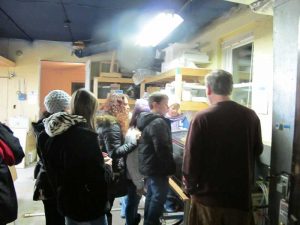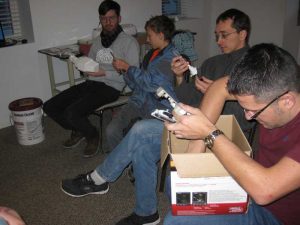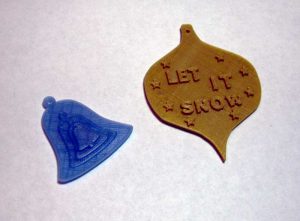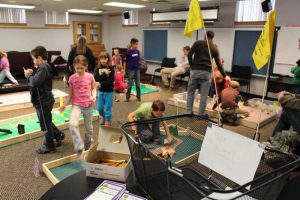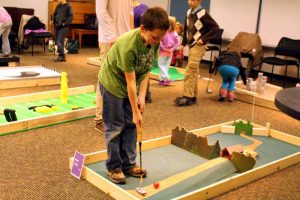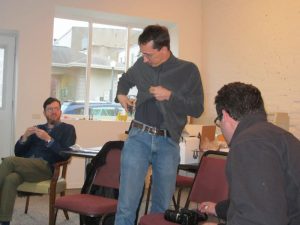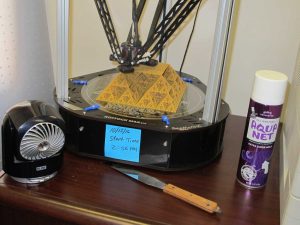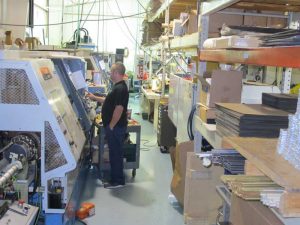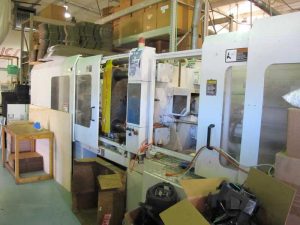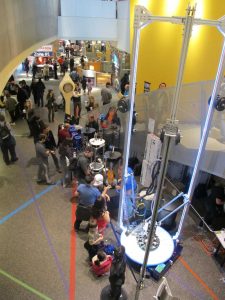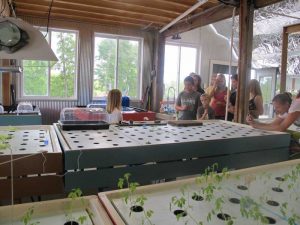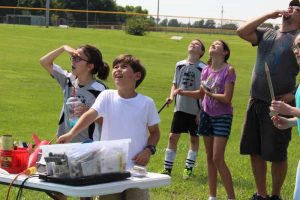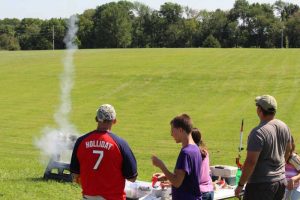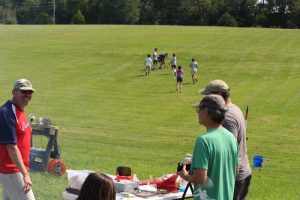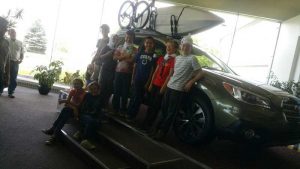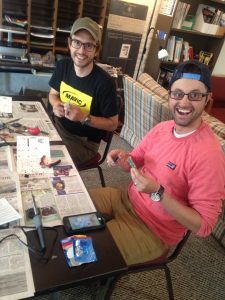
One of our main goals as a non-profit is providing educational opportunities to the community. Like our Learning to Solder class in May and our upcoming Introduction to 3D Printing Design July 8th (2-4 pm at the makerspace).
In May participants built an LED Chaser (or Larson Scanner), to get first hand experience soldering electronic components, LEDs, and an integrated circuit on a circuit board. Thanks to George Edenfield of Putnam County Auxiliary Communications (local Amateur Radio group) for leading the class.
For the Intro to 3D Printing Design class, we did a prototype class last December when we had kids design & print holiday ornaments. Everyone had fun and we learned that too many people trying to print 3D parts at once can take a long time! We’ve added 2 more 3D printers in the makerspace, more laptops, and changed to a quickly printing basic design that offers more learning.
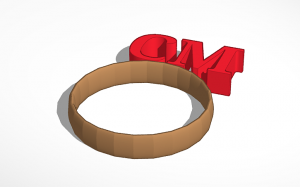
In the upcoming class (for both old and young) you’ll be designing a custom ring to fit your finger and adding an adornment on top. It’s a great way to learn the basics in Tinkercad and prints in 4-5 minutes per ring depending how elaborate you get. Special thanks to the Maker Lab at Chicago Public Library for the idea – like almost all makerspaces they willingly exchange information and share ideas to help the maker movement!

